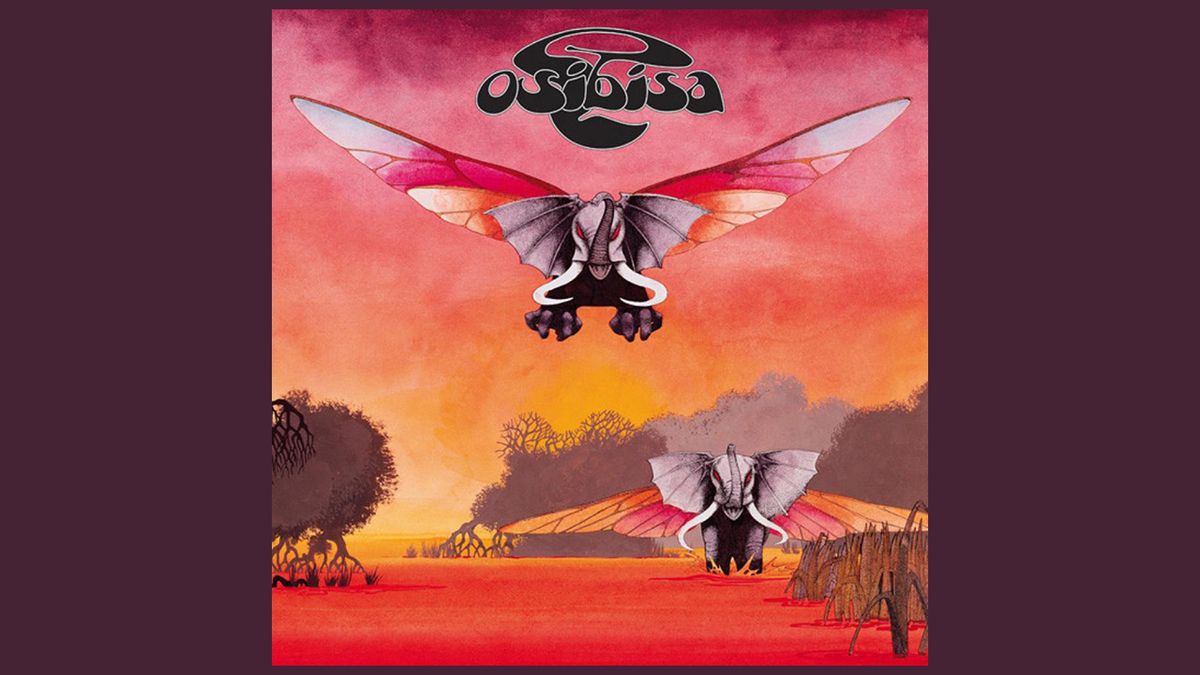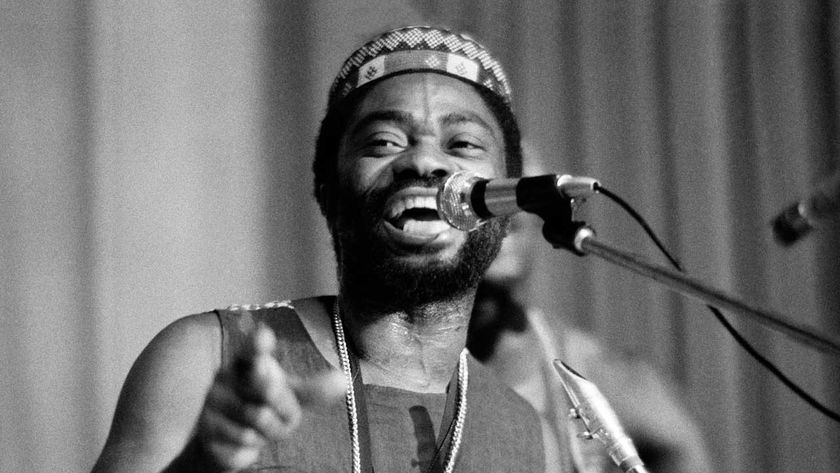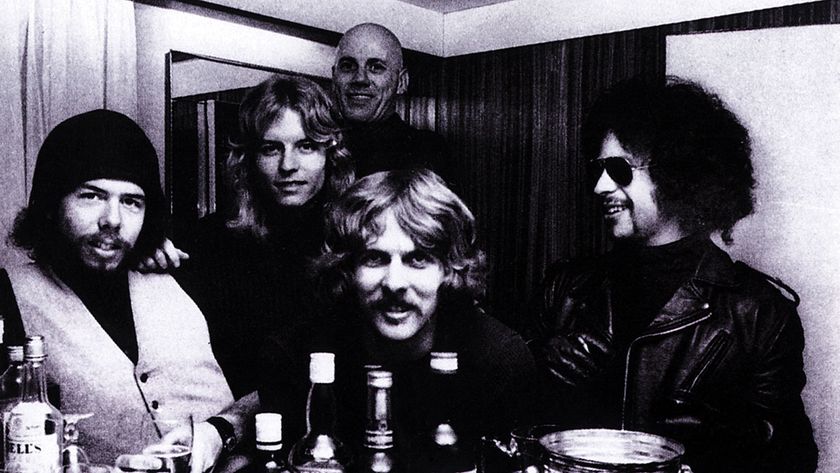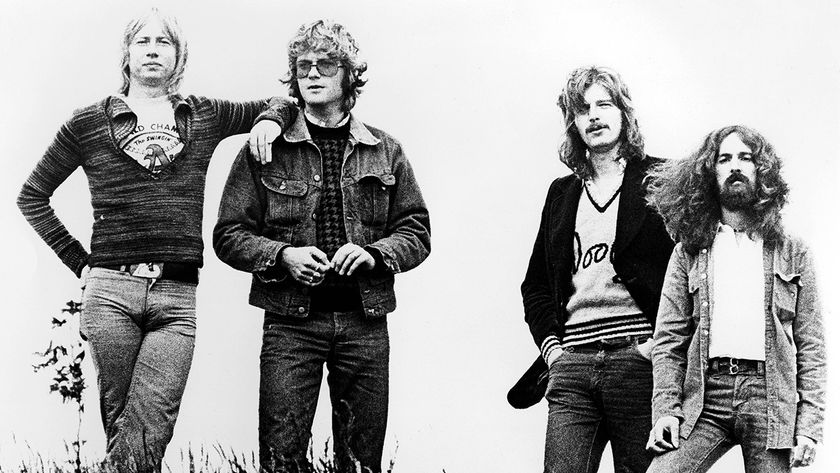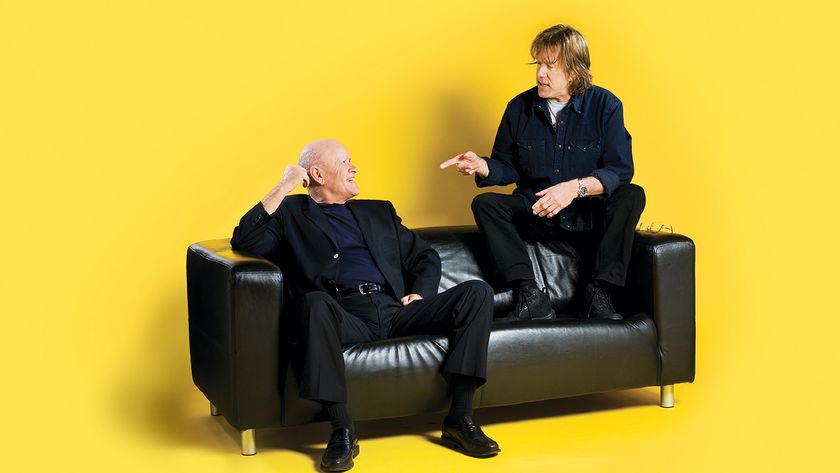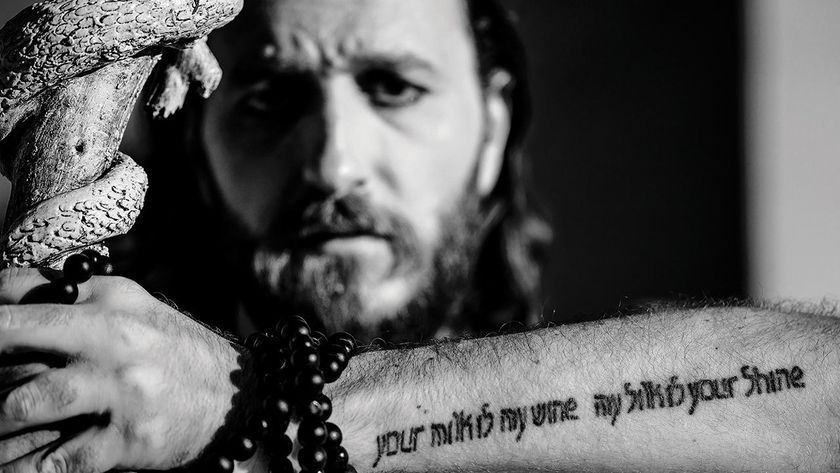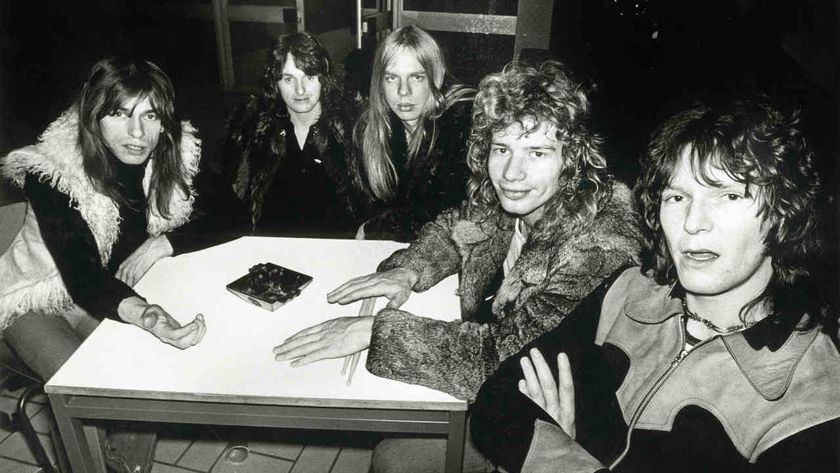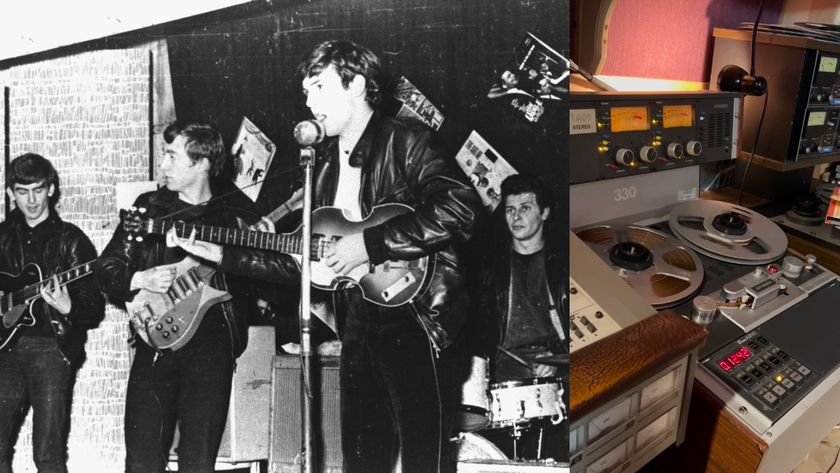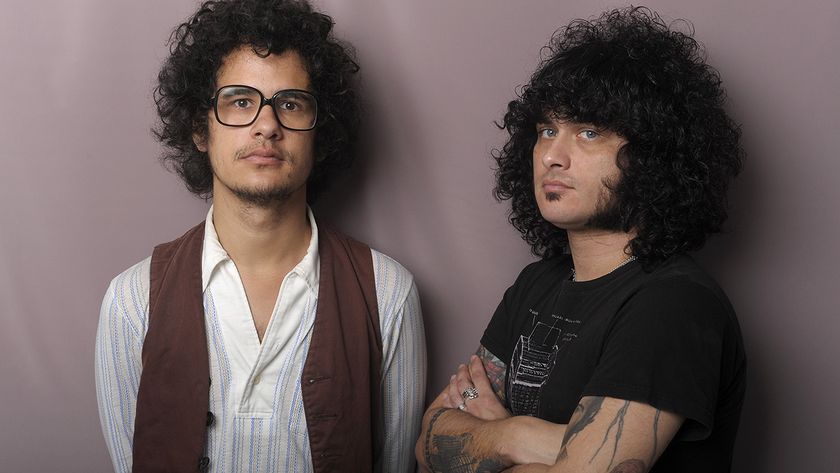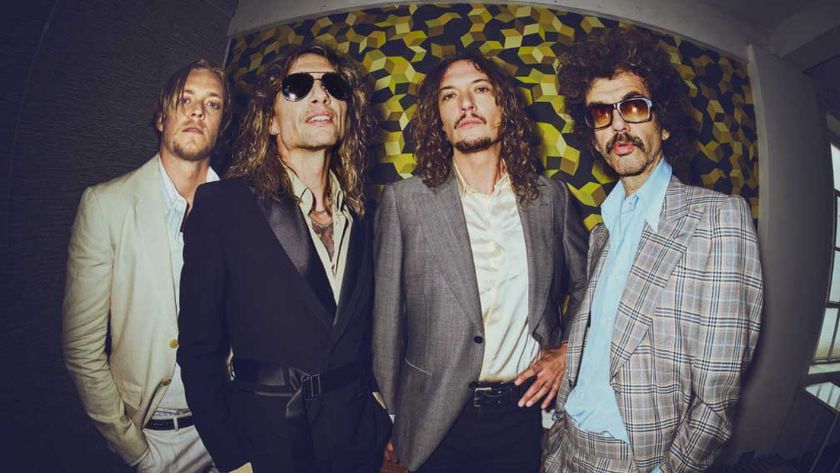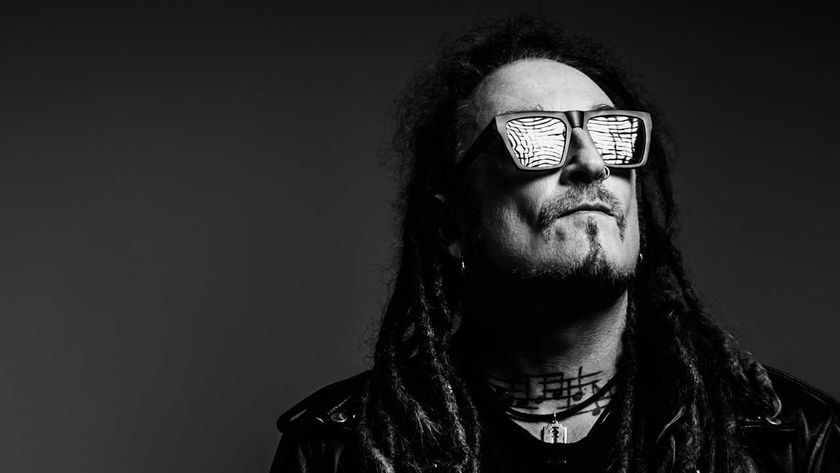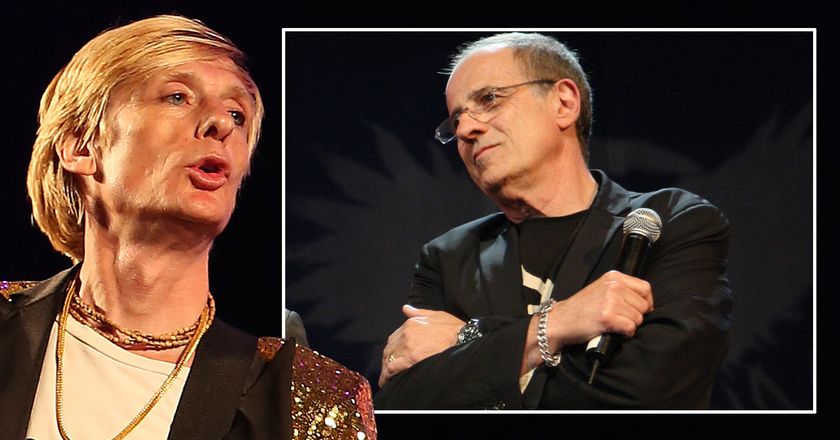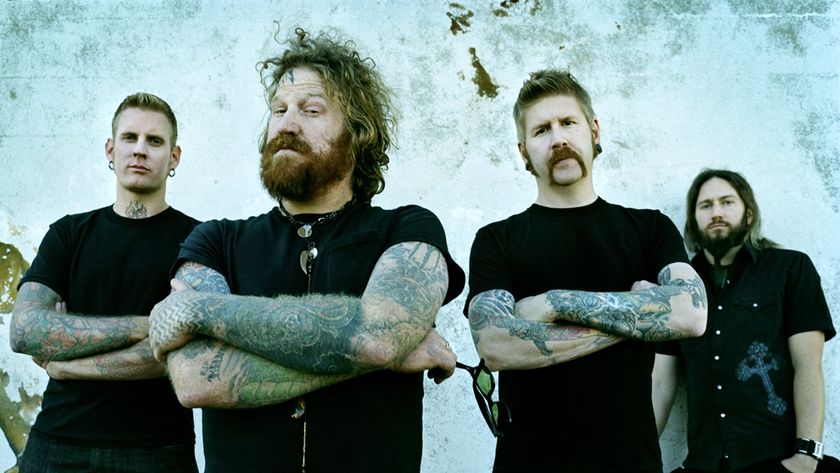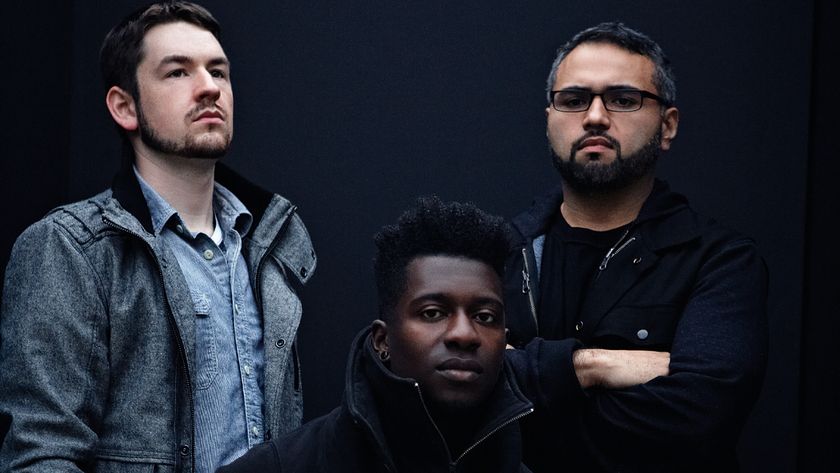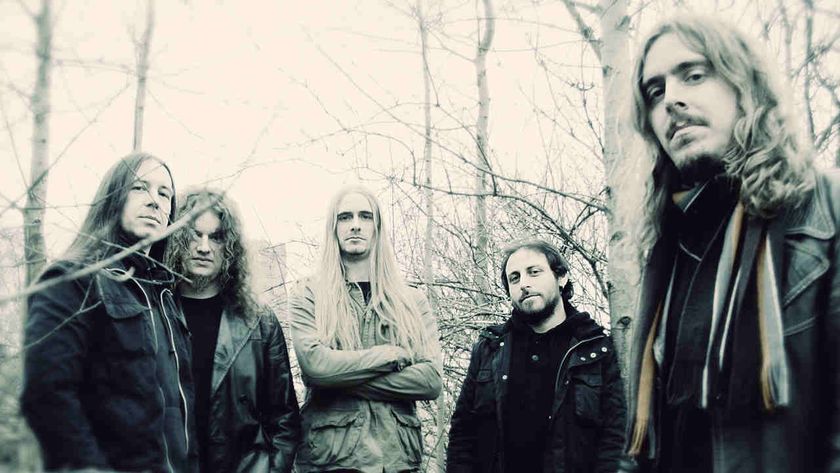In 2011, Osibisa vocalist Teddy Osei – who died in January 2025, aged 88 – told Prog how the band came to make their self-titled debut album, which pioneered world music in 1971.
Before the term ‘world music’ became trendy, Osibisa were pioneering exactly that style of work – and taking prog rock into fresh new waters in the process.
“It started when I moved from Ghana to London in 1962,” says saxophonist Teddy Osei. “Two years later I formed a band called Cat’s Paw, and we became Osibisa in 1969.”
A deal with MCA was struck after one of the label’s US executives saw them playing in London. Osei, guitarist Wendell Richardson, keyboardist Robert Bailey, trumpeter Mac Tontoh, bassist Spartacus R, percussionist/tenor saxophonist Lasisi Amao and drummer Sol Amarfio teamed up with producer Tony Visconti for their self-titled debut album, released in 1971.
“We were very lucky because we already had all the music prepared for the first album,” Osei recalls. “So we were able to record it very quickly. We set up in the studio was as if it was a live show. Every track you hear is a complete performance – not a collection of bits from different takes. So if we made any mistake in a song, we’d just go and do the whole thing again.”
Osei gives Visconti credit for helping to mould the sound in the studio, although his musical input was minimal. “He saw his job as capturing our creativity and energy, and he did help a lot in that way. Because he was already experienced in the studio, he knew how to make sure we got the maximum out of the three weeks it took to record.”
Ahead of forging his creative partnership with Yes, artist Roger Dean not only designed the cover, but came up with the band’s memorable logo as well. “I met Roger after our label suggested him for the artwork,” Osei explains. “What we wanted was something to represent Africa, and I came up with the idea for an elephant. Roger went away and worked this image into a more futuristic setting. It’s a very striking sleeve.”
The album got to Number 11 on the UK chart and made it to Number 55 in the US – Osibisa’s best-ever chart position on both sides of the Atlantic. And Osei is proud of what they achieved.
“We didn’t know that we were creating a new style. But I think what’s on there is very African in influence. We took sounds from anywhere and everywhere – jazz, rock, blues, Caribbean music – and fused them into something new, exciting and fresh.”
